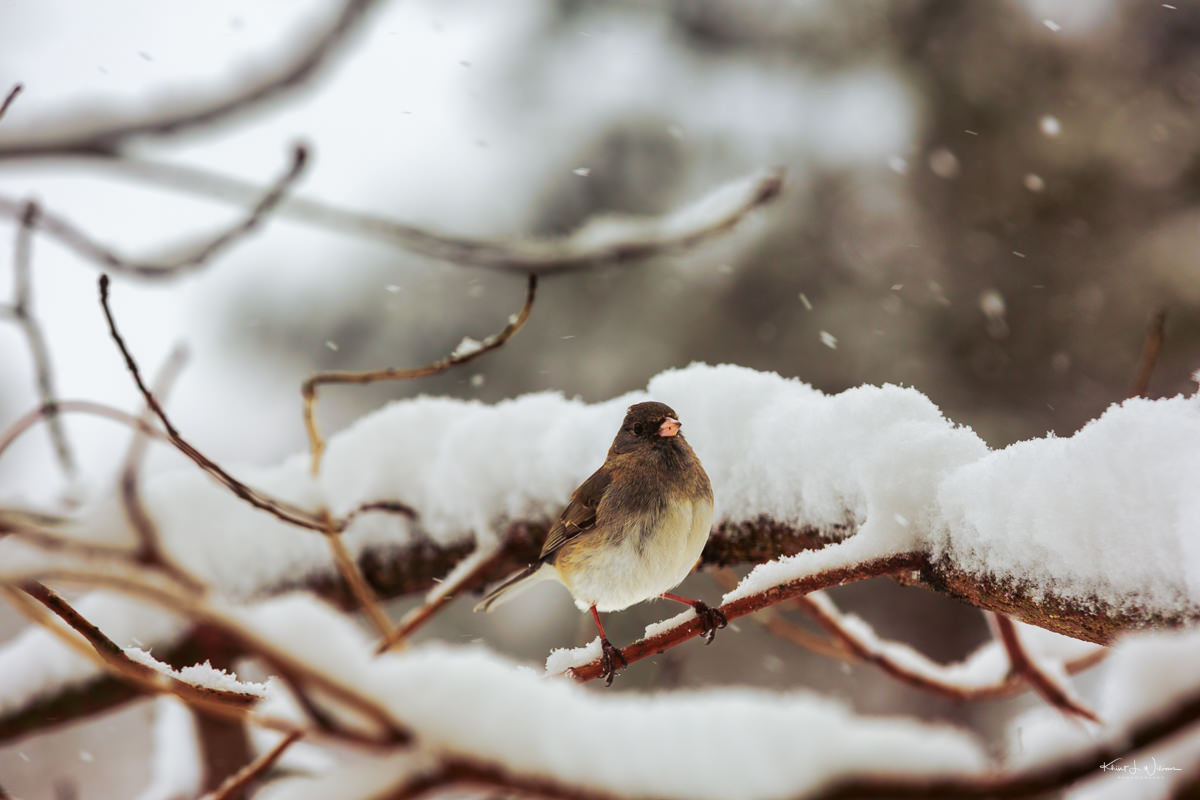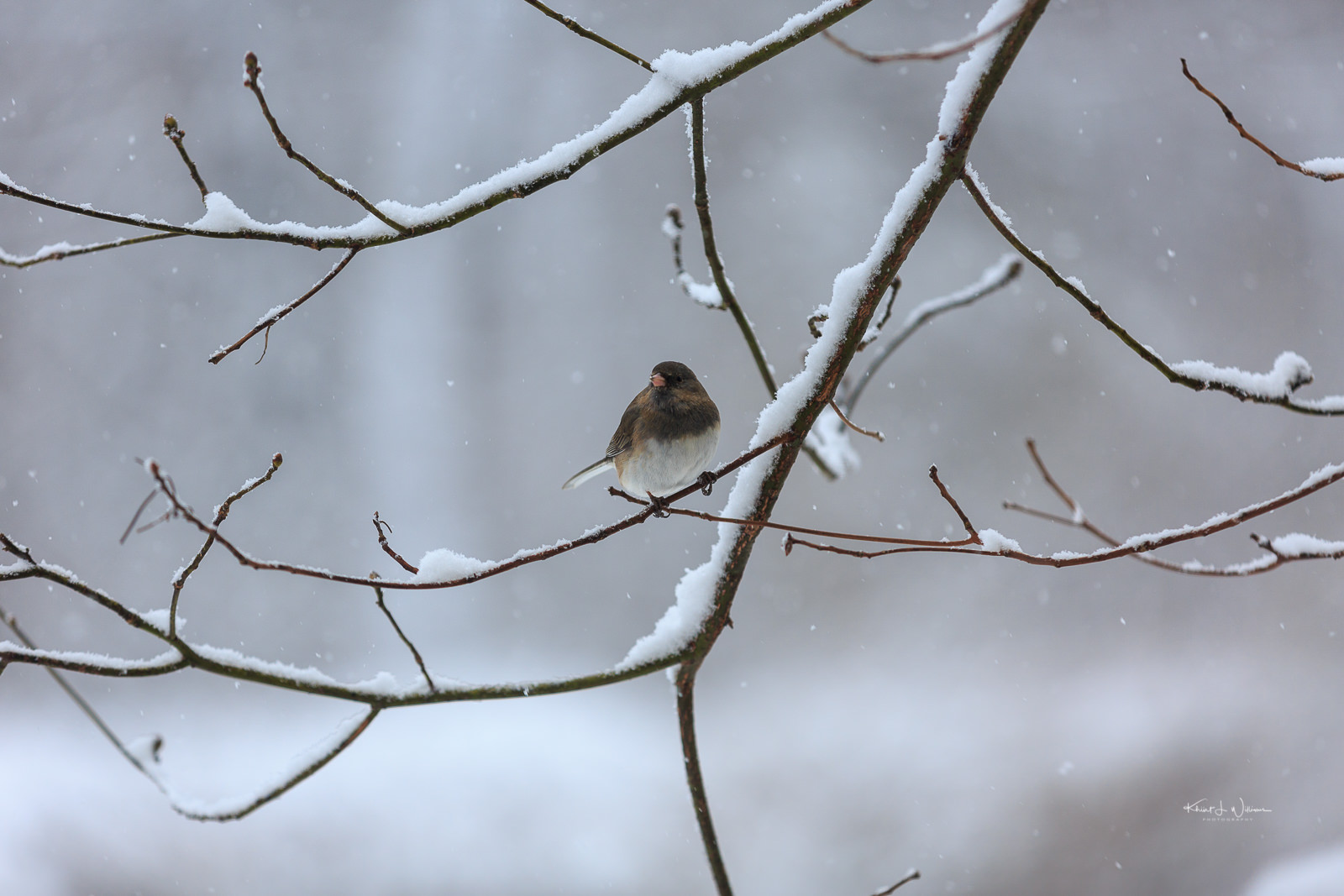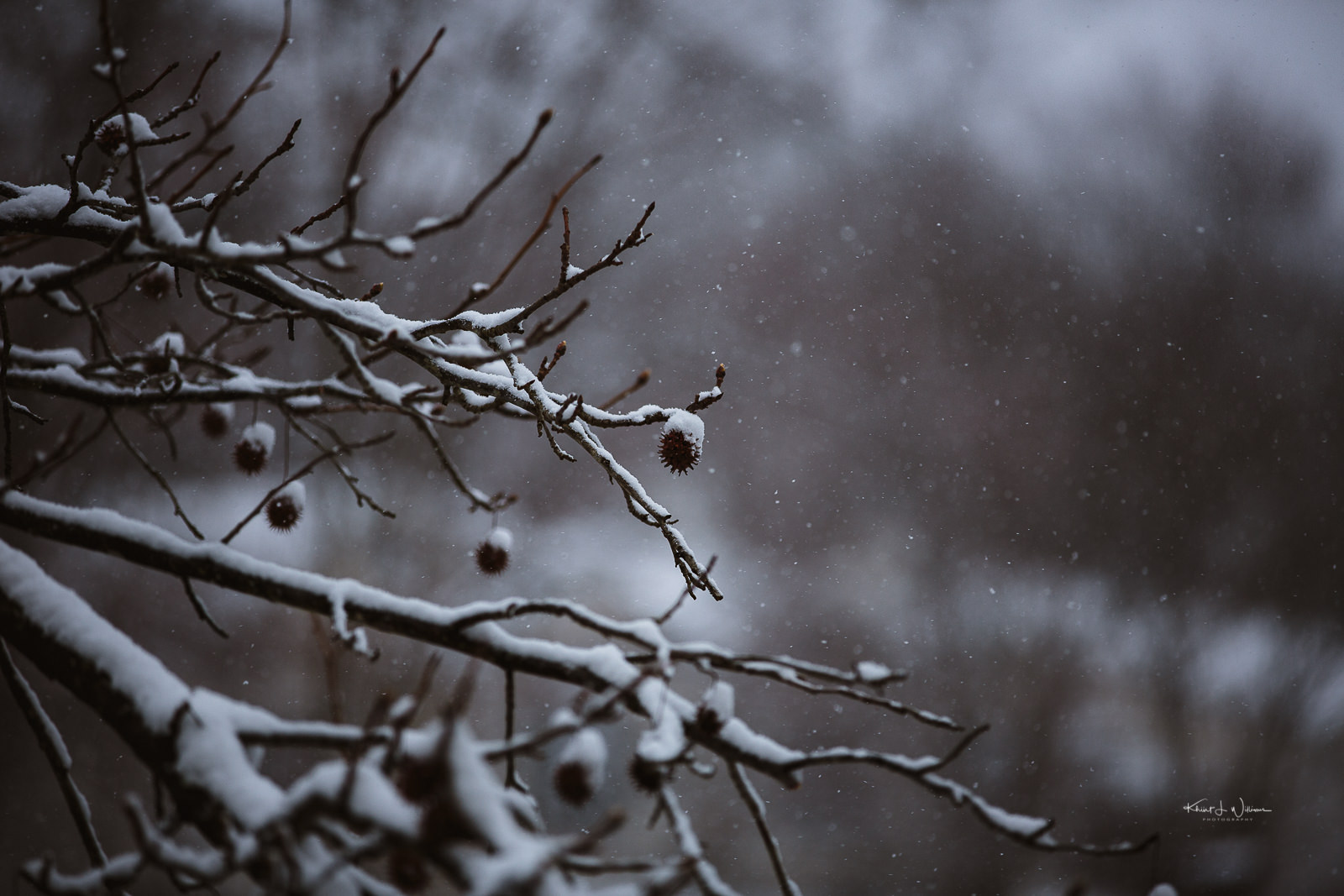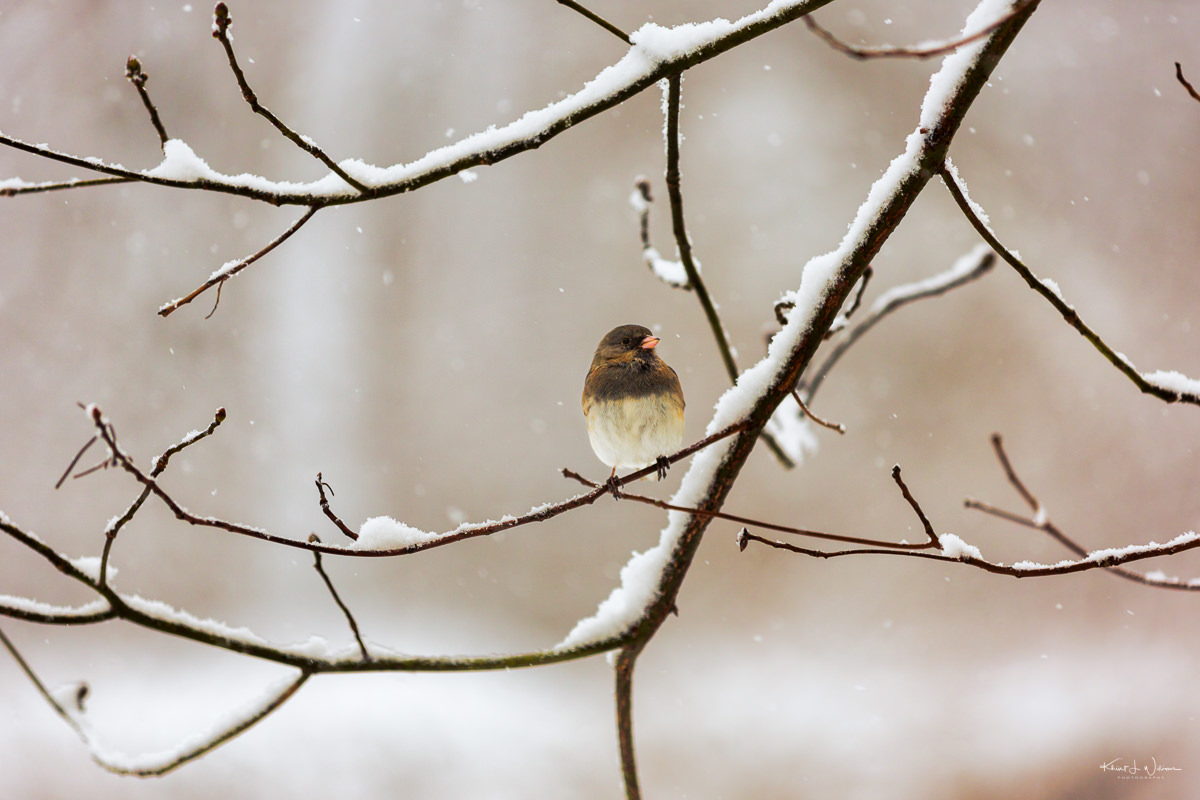Guess what? 1/1000s is also a good shutter speed for photos of backyard birds in the snow. But I have no clue what sort of bird this is. Do you?
Tag: Snow
Wake me up when it’s summer
Wake me up when it’s summer.
I've been home since yesterday. I've felt under the weather. Nope, not this weather. Just a cold. But wait, this weather is cold and I'm making very bad puns.??
Anyway, I'm bored, having been stuck inside since yesterday and having already binge-watched everything of interest (Jessica Jones, Luke Cage, Dare Devil) to see on Netflix and Amazon Prime Video.??
I'm experimenting with the camera trying to find out which shutter-speed freezes (no pun) motion for falling snow. Of course, the snow was uncooperative and fell at various speeds but I kept trying.
I looked up some winter quotes and found this one:
“Snow provokes responses that reach right back to childhood.” — Andy Goldsworthy
Andy Goldsworthy obviously didn’t grow up in the British West Indies, South America, Central American, or India, or the Middle East or … anywhere where snow would be a reason to think it’s the end of the world.
Wake me up when it’s summer.
Gray on White
More bird photos because that is the only thing I can photograph from my kitchen window because I'm at home, sick with a cold.
Outside the kitchen window in the barren branches of the sassafras tree, I saw a dark, Dark-eyed Junco (Junco hyemalis), a small, greyish American sparrow known for its striking appearance and adaptability. As the chill of the house filled my bones, I felt a bit of pity for the bird. But as I read up on the Dark-eyed Junco, I realised that I needn't have worried.
Commonly referred to as "snowbirds," Dark-eyed Junco are perhaps best known for their sudden arrival in backyards across North America, foreshadowing the onset of winter. With a slate-grey head and back contrasting against a white belly, the males are slightly more colourful than the females.

Juncos are ground feeders, often spotted hopping on the earth or snow, foraging for seeds, insects, and berries. They have a short, stout beak adapted to their granivorous diet but will also eat insects during the breeding season.
Their habitat is versatile, ranging from forests to suburban areas. During the breeding season, they prefer coniferous or mixed forests in northern and mountainous regions, migrating to lower elevations and more southerly latitudes in winter.
Social birds, Juncos, often feed in flocks and are a common sight at feeders1.
Dark-eyed Juncos have several regional variations or subspecies, differing mainly in colour and distribution. Despite habitat changes and climate challenges, they remain one of North America's most abundant forest birds, with a conservation status of "Least Concern."
- I have a small suet feeder hanging from a tree branch. ↩



